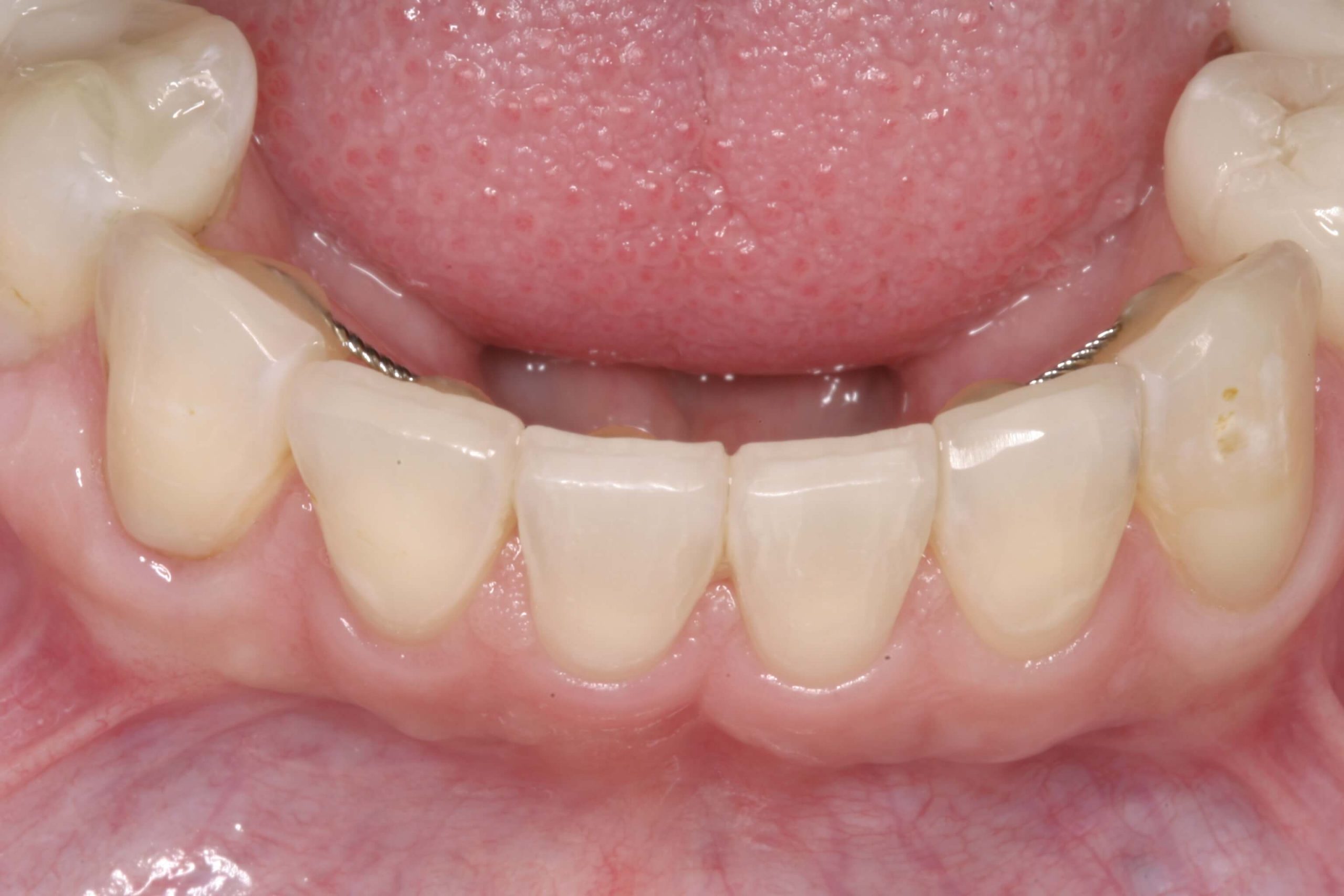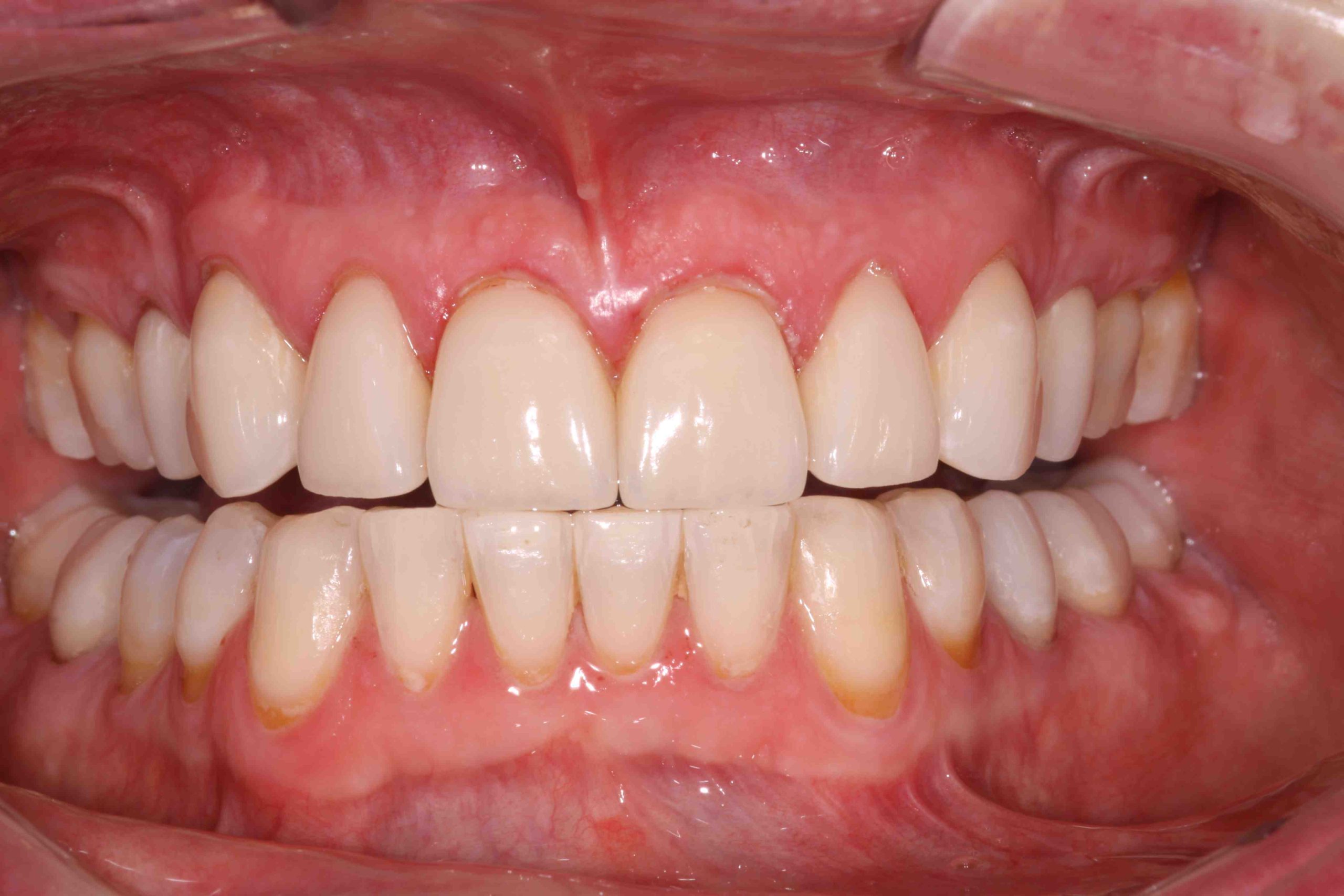Top 5 Clinical and Career Tips of 2017 for Dentists
The end of 2017 is wrapping up a solid year of incredible dental blogs from our talented Pankey contributors. Our posts featured everything from techniques for occlusion and orthodontics to practice management and leadership.
There are tons of useful tips and plenty of information for dentists at every stage of their career on the Pankey Gram. Here, we’re compiling five pieces of sound advice from blogs in 2017 that are sure to get you excited for another year of practicing dentistry your way.
As Pankey dentists, we continue to strive for greater learning and growth in our professional and personal lives. Revitalize your hunger for education with these thought-provoking tips:
5 Clinical Tips From 2017 Pankey Blogs
1. Consider physiologic changes that occur over a lifetime when planning restorative dentistry.
In his blog on ‘Adult Growth of the Dental Arch,’ Dr. Roger Solow explored the slow craniofacial growth that can affect dentistry throughout a patient’s life.
2. Set splint therapy fees in such a way that you can actually make money off them.
In his blog, ‘How to Set Splint Therapy Fees,’ Dr. James Otten described how to individualize splint therapy fees and more accurately estimate therapeutic time.
3. Think like an orthodontist when advising patients on post-ortho care.
In her blog, ‘How Long Should Patients Wear Their Retainers Post-Ortho?’, Dr. Lee Ann Brady laid out important considerations for dealing with questions about retainers.
4. Recognize when patients are in denial and practice empathy toward them.
In her blog on communication, ‘From Denial to Acceptance and Action,’ Mary Osborne RDH enlightened with a description of patient denial in dentistry.
5. Improve you protocol for restorations by adding another dental assistant.
In his blog, ‘6-Handed Bonding,’ Dr. Mike Crete made his case for why an extra dental assistant can benefit dentists dealing with adhesive dentistry and tricky restorations.
And there you have it folks. Best wishes for 2018!
Related Course
Pankey Scholar 15A
DATE: January 16 2025 @ 6:00 pm - January 18 2025 @ 3:00 pmLocation: The Pankey Institute
CE HOURS: 0
Dentist Tuition: $ 3495
Single Occupancy with Ensuite Private Bath (per night): $ 345
“A Pankey Scholar is one who has demonstrated a commitment to apply the principles, practices and philosophy they learned through their journey at The Pankey Institute.” At its core,…
Learn More>





















